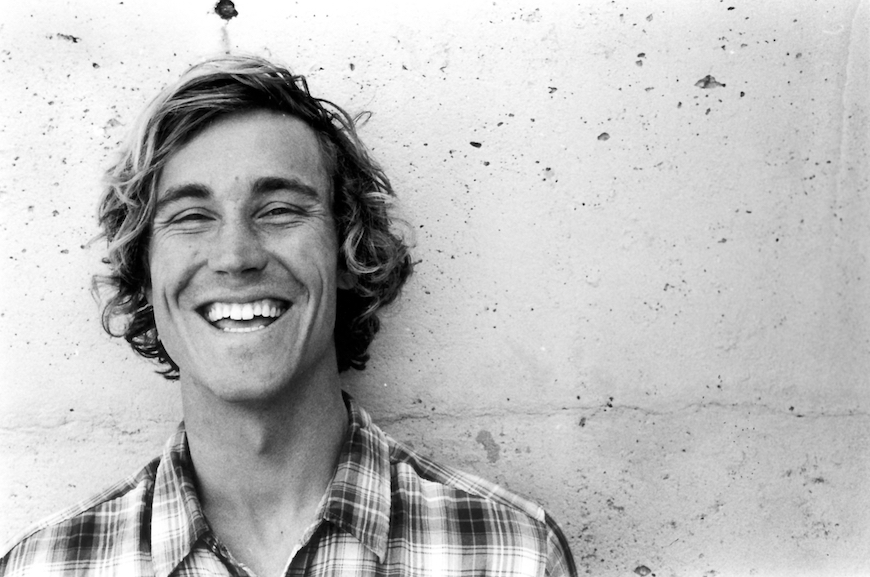
en: What’s life like as a Scripps student?
TC: A typical work day starts with catching some waves at one of the local surf breaks before biking to my office at Scripps. I spend most days at my desk writing computer code to analyze data, drafting research findings into scientific papers, and chatting science with my office mate Ariel Pezner (who also happens to study corals!). I also help with our research group’s efforts to study the nearshore seawater chemistry of San Diego by collecting water samples from small boats or SCUBA diving to maintain data-collecting instruments near Scripps Pier. After work, you’ll often find me catching some more waves, sharing dinners at potlucks, or maybe just taking some time to relax and read a book with my cat. These “typical” days are interspersed with traveling for field campaigns to study coral reefs for upwards of a month at a time or to attend scientific conferences to present my research.
en: What’s the most exciting thing about your work?
TC: As someone who is excited to spend most of their time investigating coral reefs through data and computer code (no really, data science is exciting!), it’s also great to explore and observe actual, living coral reefs. After all, it was the wonder of these bustling underwater communities that brought me to study coral reefs in the first place. The days of field work typically include some combination of deploying data-collecting instruments, collecting seawater samples for analysis at Scripps, and coring coral skeletons to study their growth rates. I find my time traveling to work on coral reefs to be immensely satisfying for both the research itself and the opportunity to work with and learn from collaborators in our research group at Scripps and around the world.
en: Are there any role models or mentors who have helped you along the way?
TC: I am incredibly grateful for the countless people who have helped me along the way and will mention just a few of my academic advisors and role models here. While at UNC, my research advisor Justin Ries trained me in my early days as a scientist while Geoff Bell and Greg Gangi guided my undergraduate coursework and connected me to new opportunities. I was also inspired by Scripps alum Jessica Carilli, whose scientific papers, blog, and advice were helpful for my coral coring research and for honest, insightful perspectives on life as a scientist. At Scripps, invaluable support and training by my research advisor Andersson has helped me continue to grow as both a person and a scientist.
en: What are some of the challenges you face as a student?
TC: There’s lots of exciting work to be done as a graduate student, so I often find myself wanting more time to accomplish all of the science, work-related travel, and personal life things. Researching and communicating science can be very rewarding so it’s easy to spend lots of time working on making discoveries about how coral reefs grow. At the same time, I seek to balance work and life by exploring the Southern California and Baja California region with friends, family, and my partner, Lark. I’m constantly working towards being as efficient as possible to get the most amount of work done while also enjoying other aspects of life as a graduate student.
en: What are your plans?
TC: I plan to pursue a career as an academic scientist to continue my work in understanding coral reef growth, improving projections for how coral reef structures may respond to climate change, and expanding to how changing reef structures affect the services coral reefs provide to humanity.
You can find Travis Courtney on Twitter @tacourtne.
- Shawndiz Hazegh






修改评论